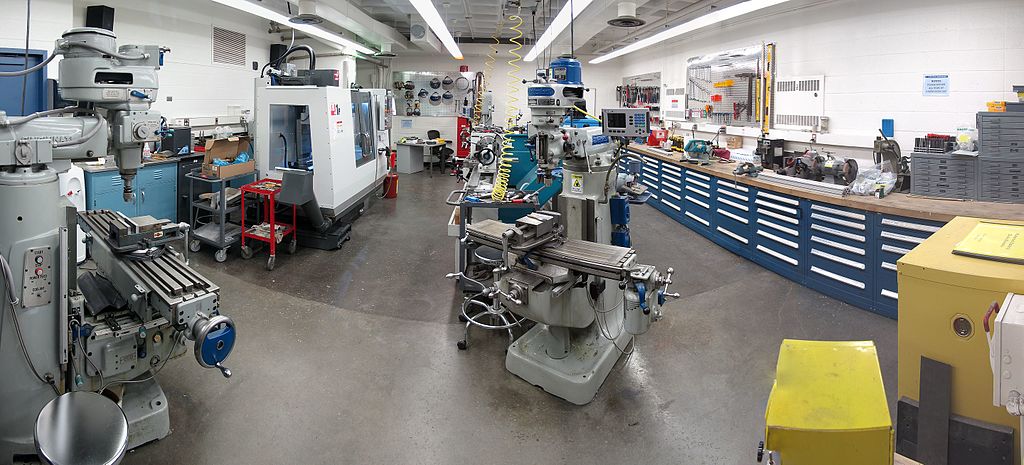11 Feb Machine Safety- Requirements For Safeguards
Machine Guards - Safety Requirements For Safeguards Placing and keeping machine guards on exposed machinery is a major step in preventing lacerations and amputations of body parts. It is also a requirement of State or federal OSHA Safety and Health Standards. In general, these standards explain guarding requirements in the following terms: Machines that have a grinding, shearing, punching, pressing, squeezing, drawing, cutting, rolling, mixing or similar action, including pinch points and shear points, whereas an employee comes within the danger zone, shall be guarded at the point of operation in a manner that provides protection for the employee. Keys, set...











